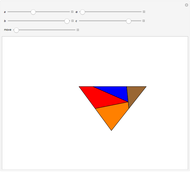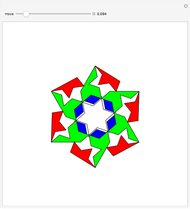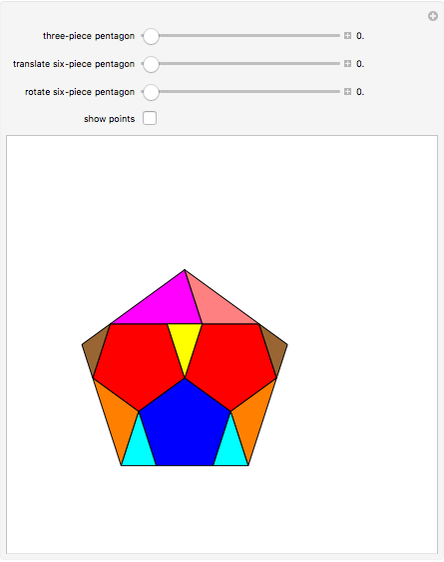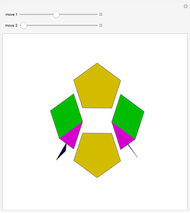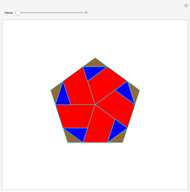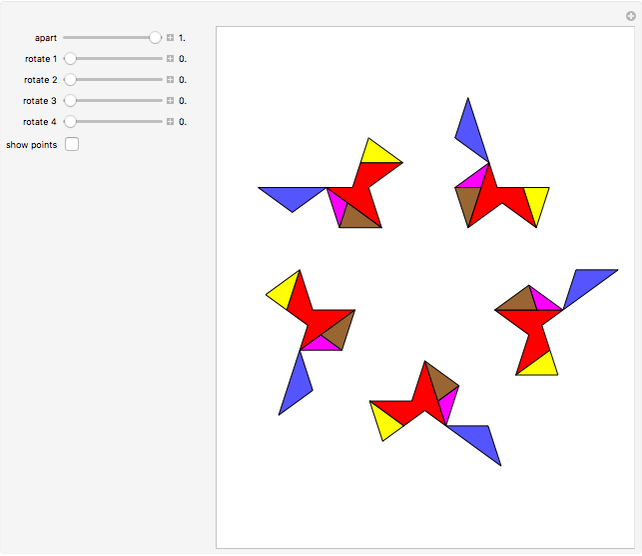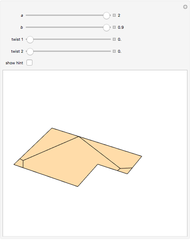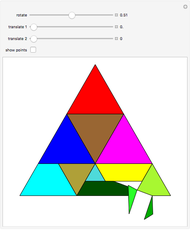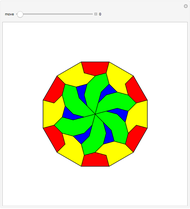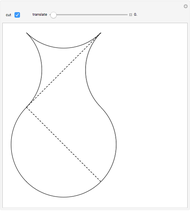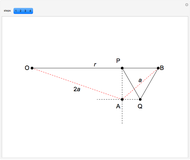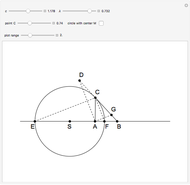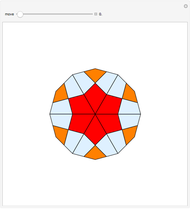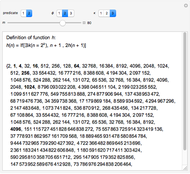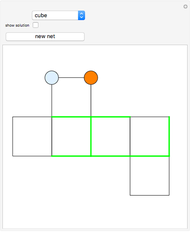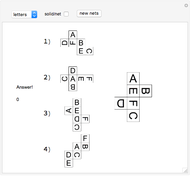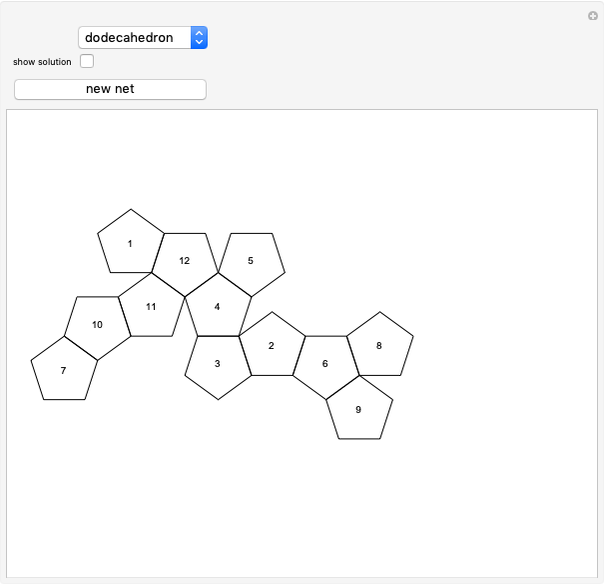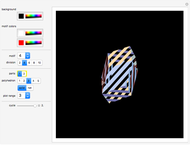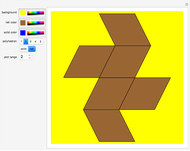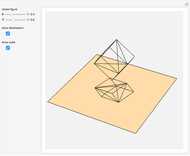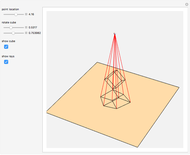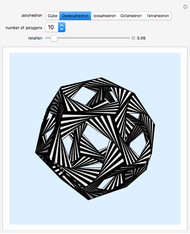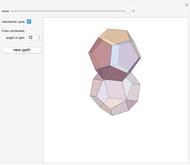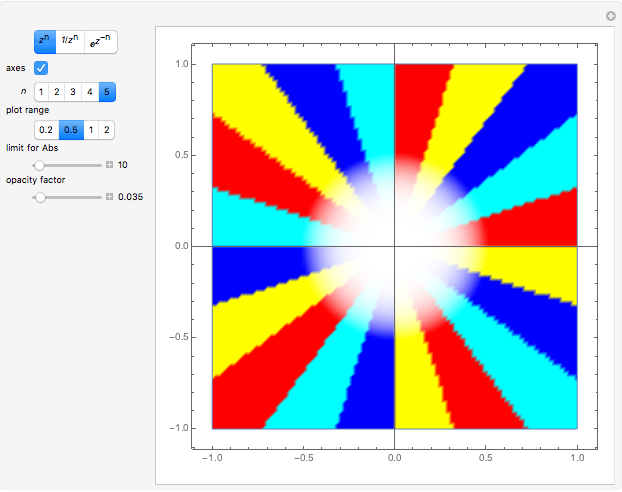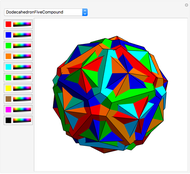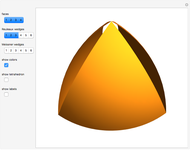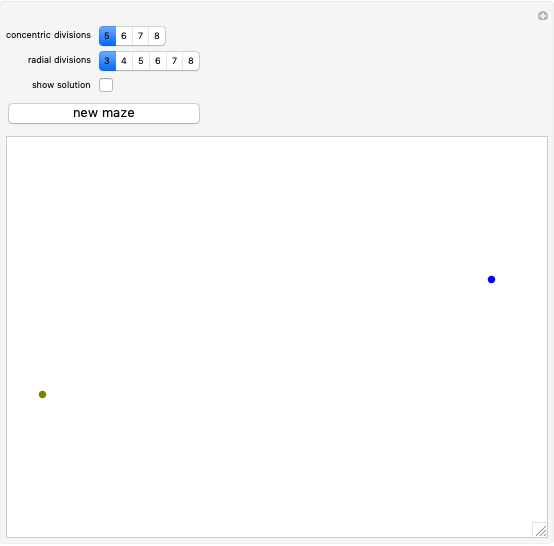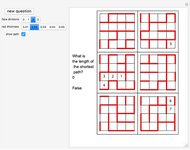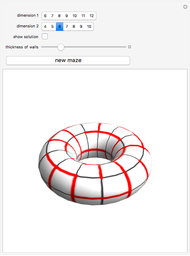Dissection of One Quadrilateral to Another

Requires a Wolfram Notebook System
Interact on desktop, mobile and cloud with the free Wolfram Player or other Wolfram Language products.
This Demonstration shows a quadrilateral-to-quadrilateral dissection. Each quadrilateral is dissected to its quad elements, which lie in a strip. The two strips intersect in a parallelogram and determine the parts of the dissection. The parameter  is the length of a side of the parallelogram,
is the length of a side of the parallelogram,  is the angle at basis, and
is the angle at basis, and  determines the length of the other side. The initial stage of the dissection corresponds to both the "translate" and "rotate" sliders being set to 1.
determines the length of the other side. The initial stage of the dissection corresponds to both the "translate" and "rotate" sliders being set to 1.
Contributed by: Izidor Hafner (September 2013)
Open content licensed under CC BY-NC-SA
Snapshots
Details
To get a quad element of a quadrilateral, a diagonal is chosen; it divides the quadrilateral into two triangles. Two lines parallel to the diagonal are drawn to cut off a quarter of each triangle, leaving two small triangles and two trapezoids. The triangular pieces are rotated and together with trapezoids form the quad element, which can be translated along the diagonal in a parallel strip (P-strip).
[1] G. N. Frederickson, Dissections: Plane & Fancy, New York: Cambridge University Press, 2002 pp. 120–121. www.cs.purdue.edu/homes/gnf/book.html.
Permanent Citation
"Dissection of One Quadrilateral to Another"
http://demonstrations.wolfram.com/DissectionOfOneQuadrilateralToAnother/
Wolfram Demonstrations Project
Published: September 25 2013








